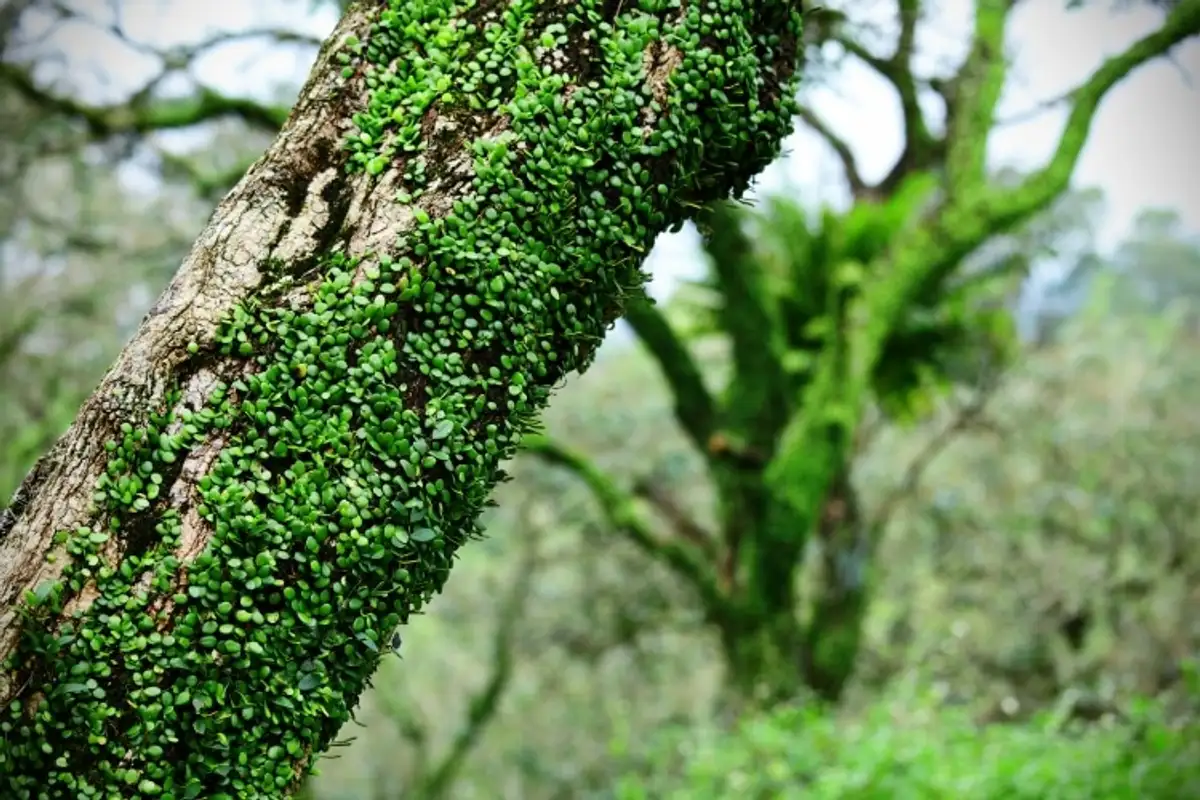When you first planted the ivy climber, you probably never thought that one day you would have to consider pruning or removing it. But now, faced with its invasive nature, you have to weigh the benefits against the drawbacks. So, why should you prune or remove the ivy? And if you decide to do so, when and how should you go about it? Let's explore these questions and understand the dynamics of dealing with ivy.
The Charm of Ivy
There's something enchanting about the sight of a house or wall covered in ivy. It adds a touch of shade and a coolness that creates a sense of tranquility. When you initially planted the ivy, the goal was to achieve this idyllic look. However, over time, the ivy has become too invasive and is causing problems. So, while it has its benefits, it also poses challenges that need to be addressed.
The Drawbacks of Ivy
The ivy may have hidden imperfections or ugliness on a wall, making it a welcome addition. However, this invasive plant restricts the wall's ability to breathe, leading to moisture accumulation and the potential for mold growth. Biannual pruning helps keep the ivy's growth in check and prevents it from becoming destructive.
When ivy climbs trees, it can cause even more damage. The ivy runners enveloping the tree make it vulnerable to strong winds and snowstorms. Additionally, the dense leaves prevent adequate sunlight from reaching the tree, hindering its growth.
It's important to note that not all ivy varieties are destructive and invasive. Some, like Boston ivy, Japanese ivy, and American wisteria, are non-invasive variations that provide benefits such as nectar for pollinators, berries for birds, or symbiotic relationships with trees. However, English ivy (Hedera helix), commonly used as ground cover or wall disguise, has a tendency to overtake spaces like vines. Once English ivy takes over an area, it poses a threat to the nearby ecosystem, suffocates neighboring vegetation, and becomes a favored nesting site for pests. This raises the question: should the ivy be pruned or removed?
Pruning Ivy on Trees: When and How?
Similar to vines, ivy climbs upwards in search of light, and in the process, it absorbs nutrients from other plants. Due to its aggressiveness and ability to conceal underlying problems, it's necessary to remove ivy from trees.
Arborists advise against uprooting ivy, as it can damage the tree's bark. Instead, it is recommended to cut ivy at the root level. By depriving it of its strength and nutrients, the ivy eventually dies and releases its grip on the tree. After cutting as much vine as possible, the root system should be dug up to prevent future growth. Care should be taken to protect the roots of neighboring trees and plants. In some cases, an herbicide can be used, but this approach comes with its own risks. The herbicide should be applied to the roots of the ivy, rather than directly on the plant itself. After pruning, the roots should become visible and accessible.
It's important to thoroughly remove all ivy debris and continue monitoring for any regrowth. Eradicating invasive ivy can be challenging, so don't be surprised if it makes a comeback. Adding mulch to the base of your trees can help smother any new growth, and promptly remove any signs of ivy to maintain control.
If the ivy leaves are in groups of three, it indicates toxic ivy. This type of ivy is usually green or has a reddish coloration and distinct translucent white fruits. It's crucial to stay away from toxic ivy and handle it with protective gloves.
Pruning or Removing Ivy: Which is Preferable?
Deciding whether to prune or remove ivy depends on the extent of damage and the size of the infested area. If you have experience dealing with thorny plants, you can utilize the same methods used to remove thorns.
It's worth noting that salt, vinegar, and typical herbicides may not be effective in eliminating ivy. When removing ivy, always wear protective gloves and cut as close to the base as possible. If time is a constraint, cutting the ivy at various heights can interrupt the nutrition supply to the runners.
However, it's important to exercise caution when removing ivy from trees or walls. Uprooting ivy from a tree can strip its bark, while removing it from a wall may require additional masonry work and painting.
In Conclusion
Ivy, with its charm and benefits, can quickly turn into a destructive and invasive plant. Knowing when and how to prune or remove ivy is essential to controlling its growth and preventing further damage. By understanding the nature of ivy and utilizing proper techniques, you can maintain the beauty of your surroundings while keeping the invasive tendencies of the plant in check.
Hello! I'm Emma, a passionate writer and editor at The Daily Herald. With my love for words and knack for storytelling, I bring a unique flair to our team. One time, while brainstorming ideas for an article, I suddenly burst out laughing at a hilarious joke I came up with, leaving my colleagues in stitches. Working at The Daily Herald is truly an enriching experience where creativity knows no bounds.

